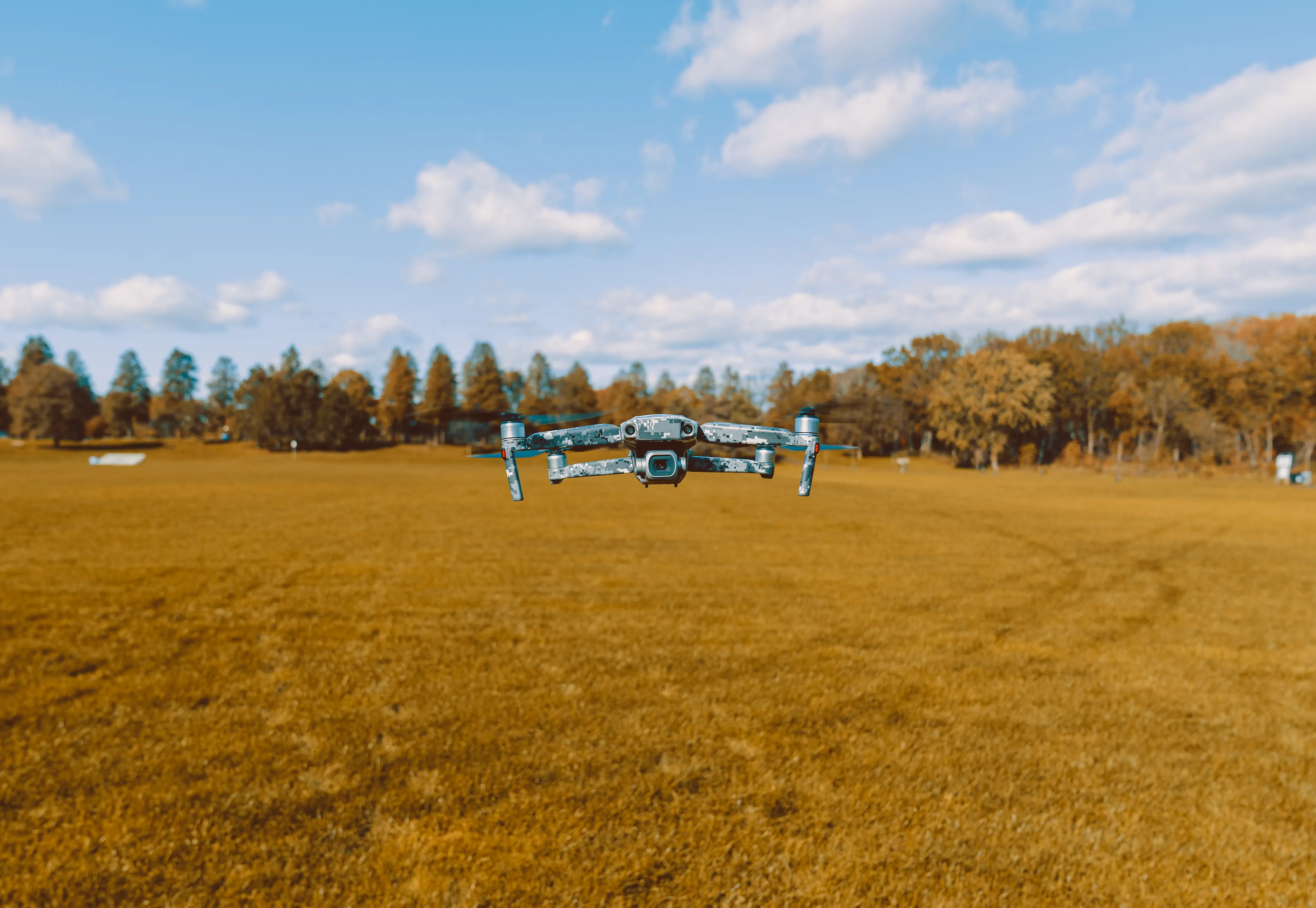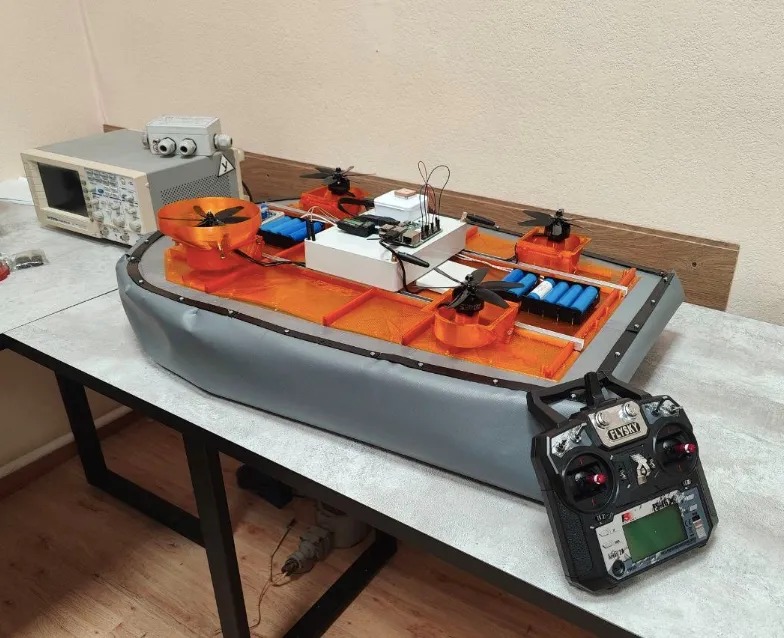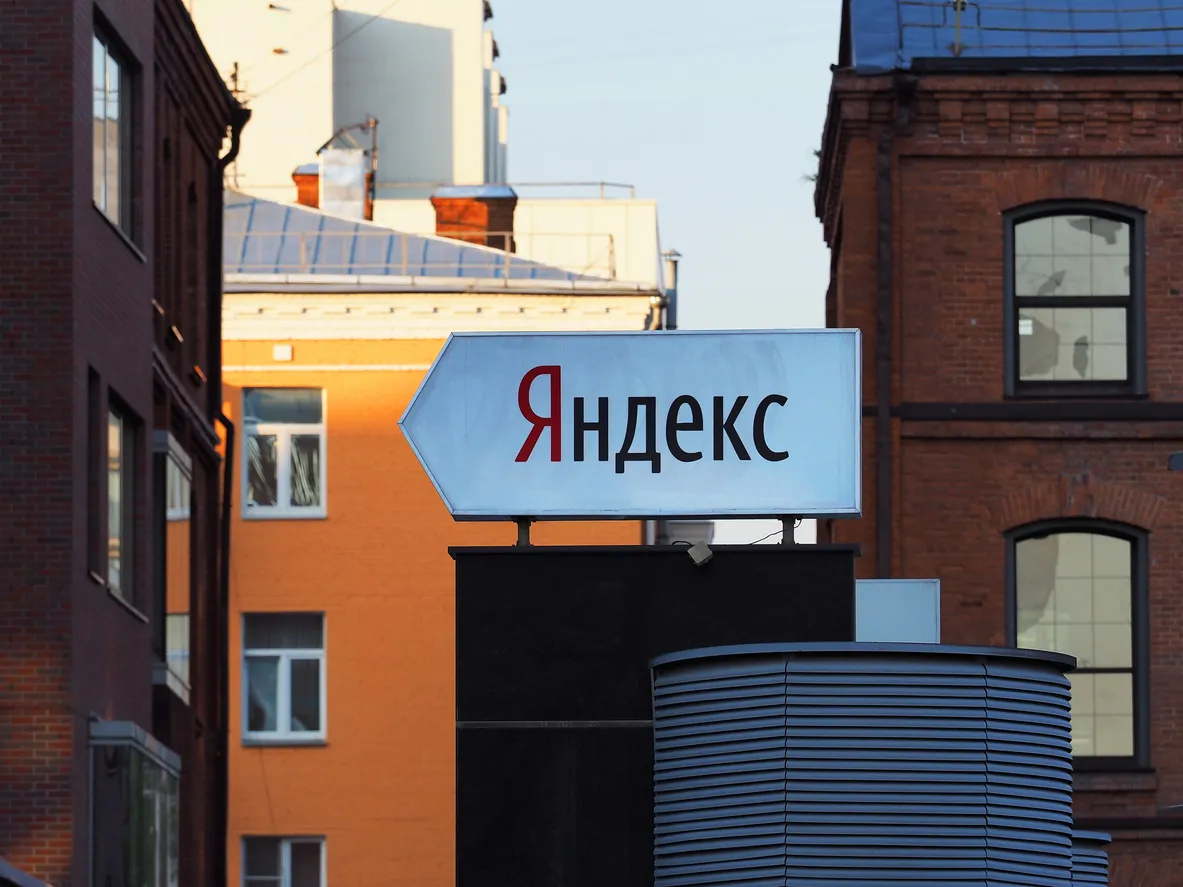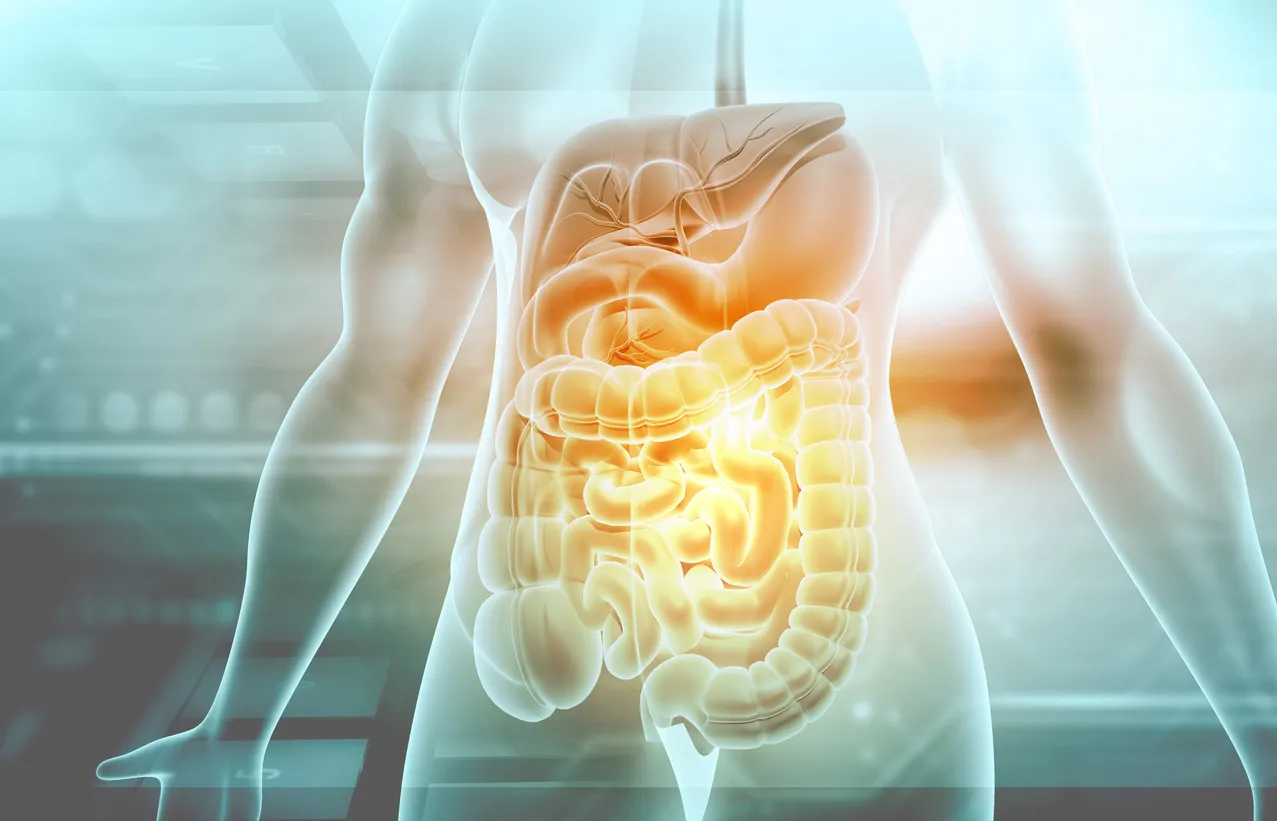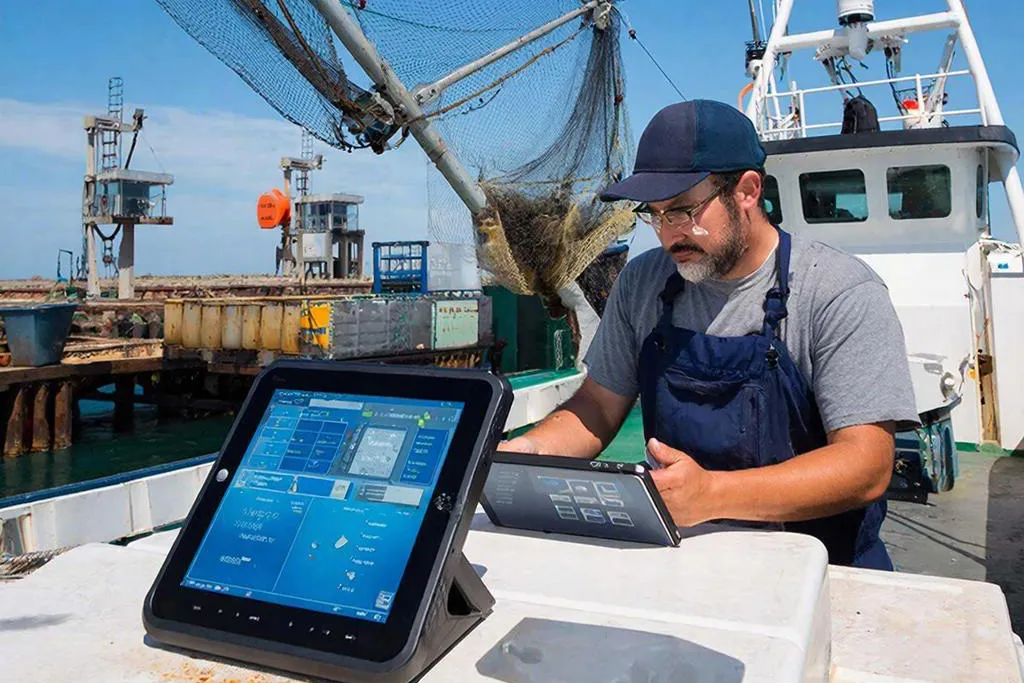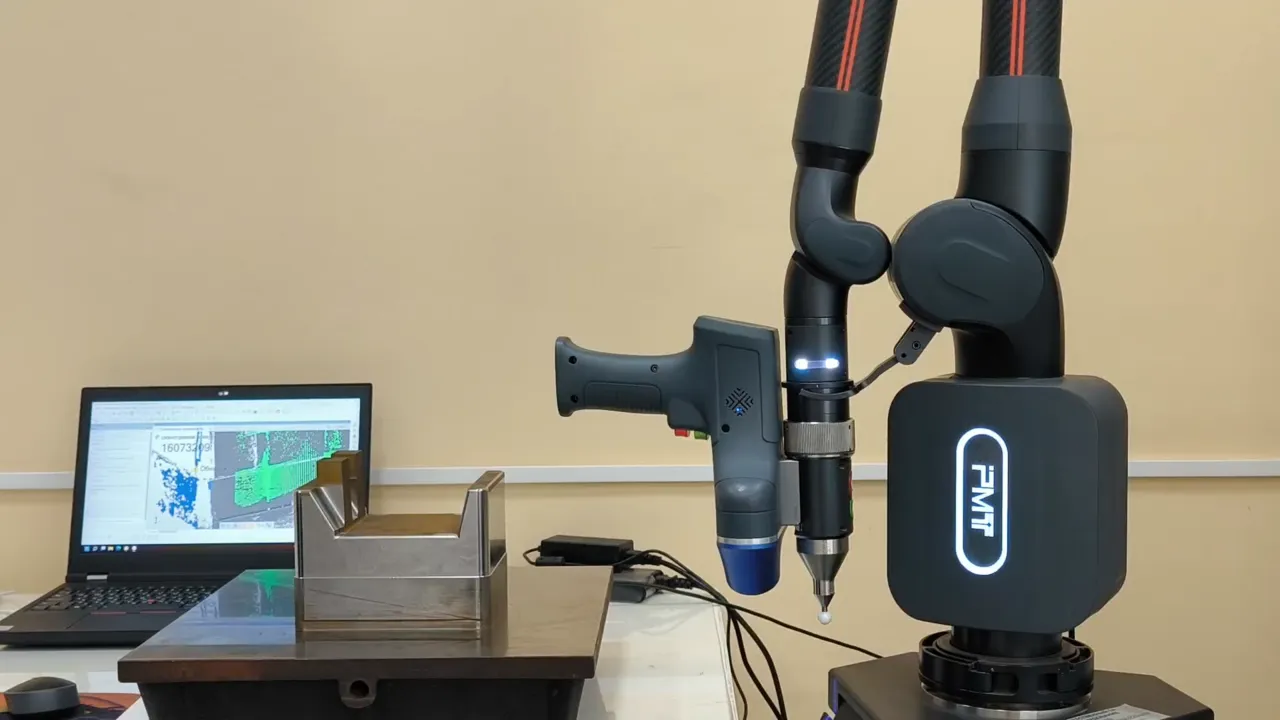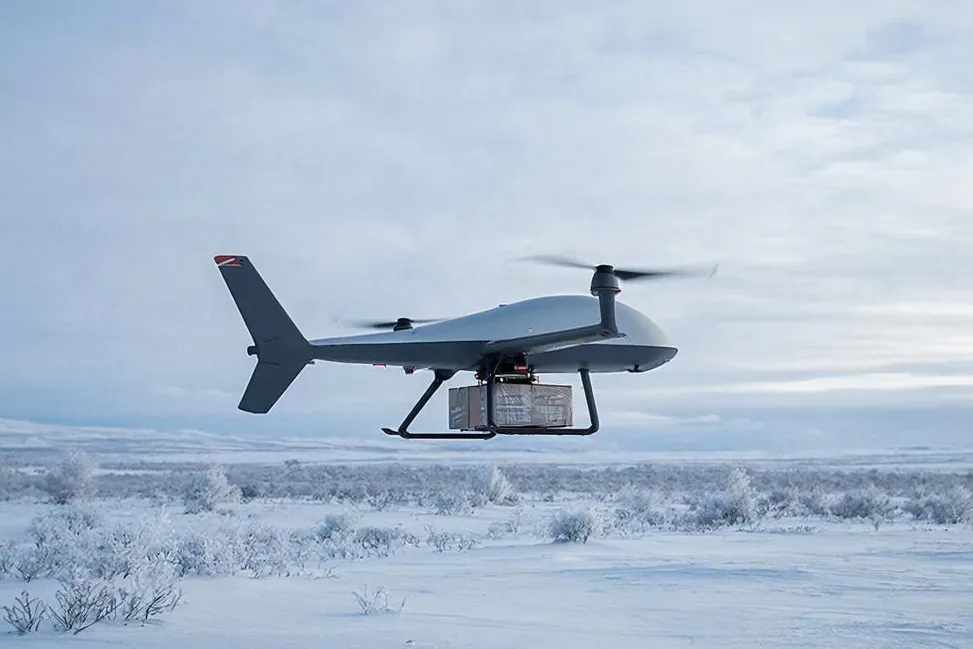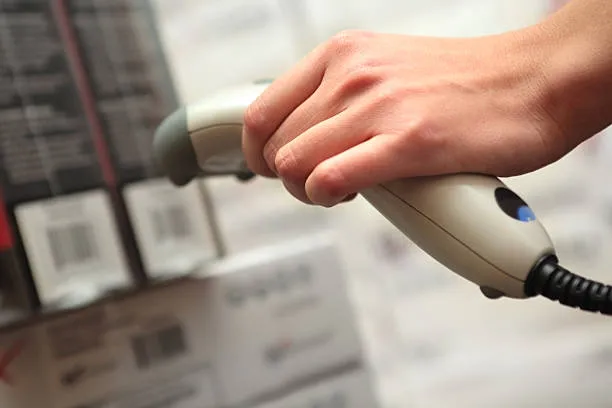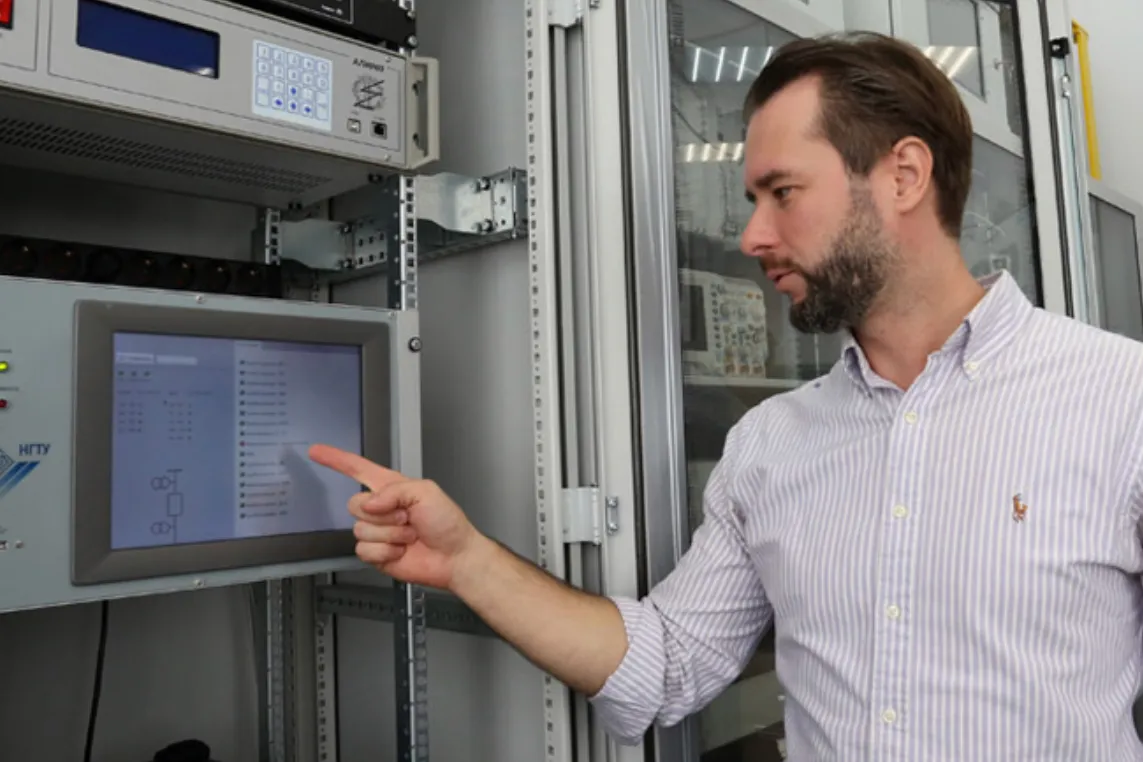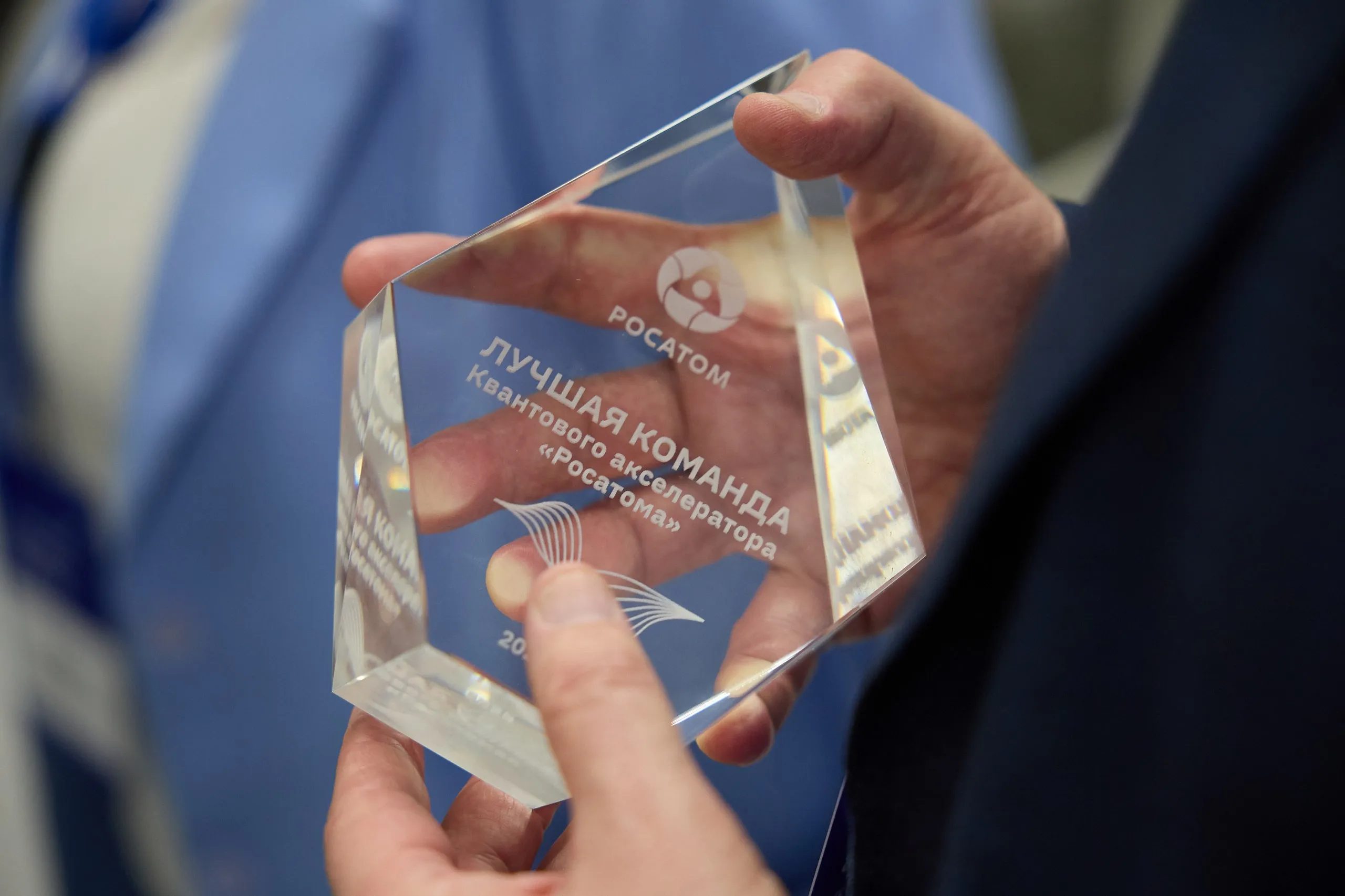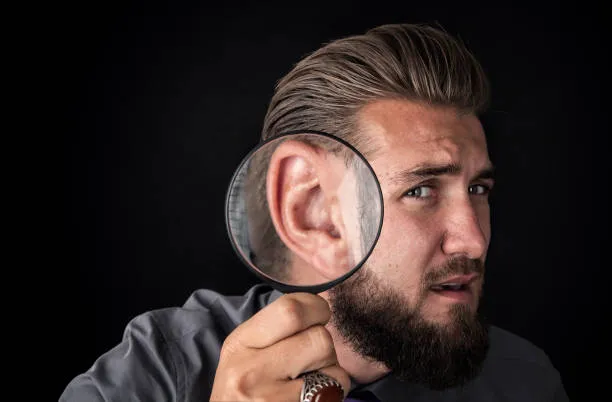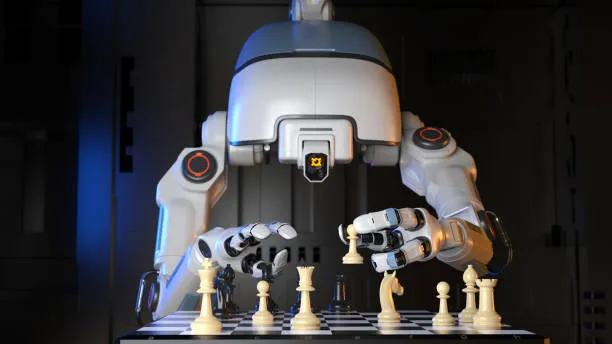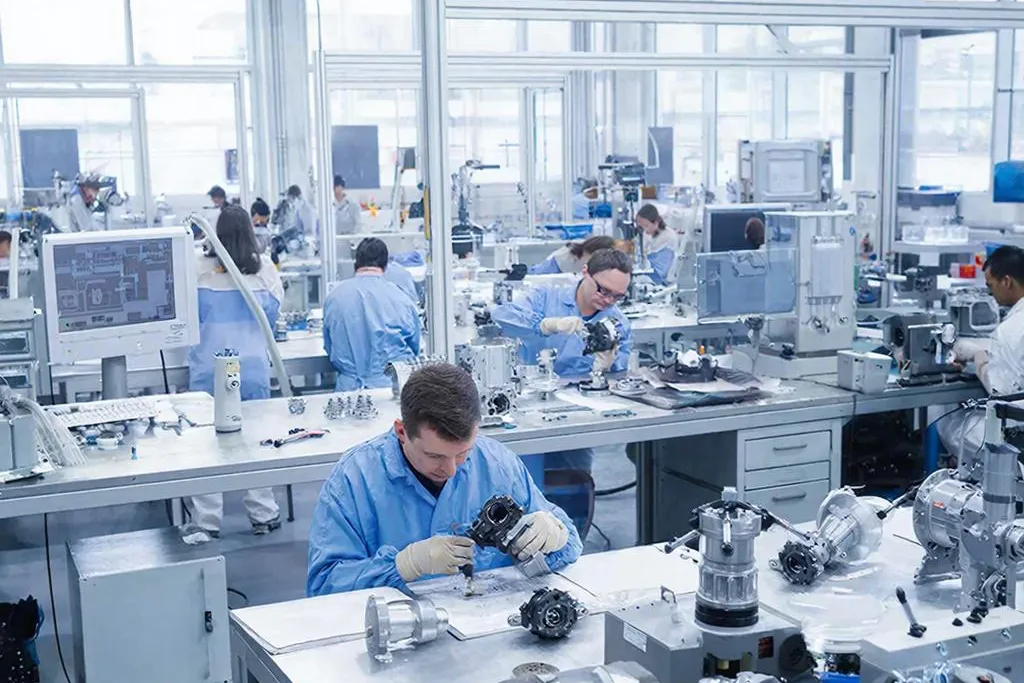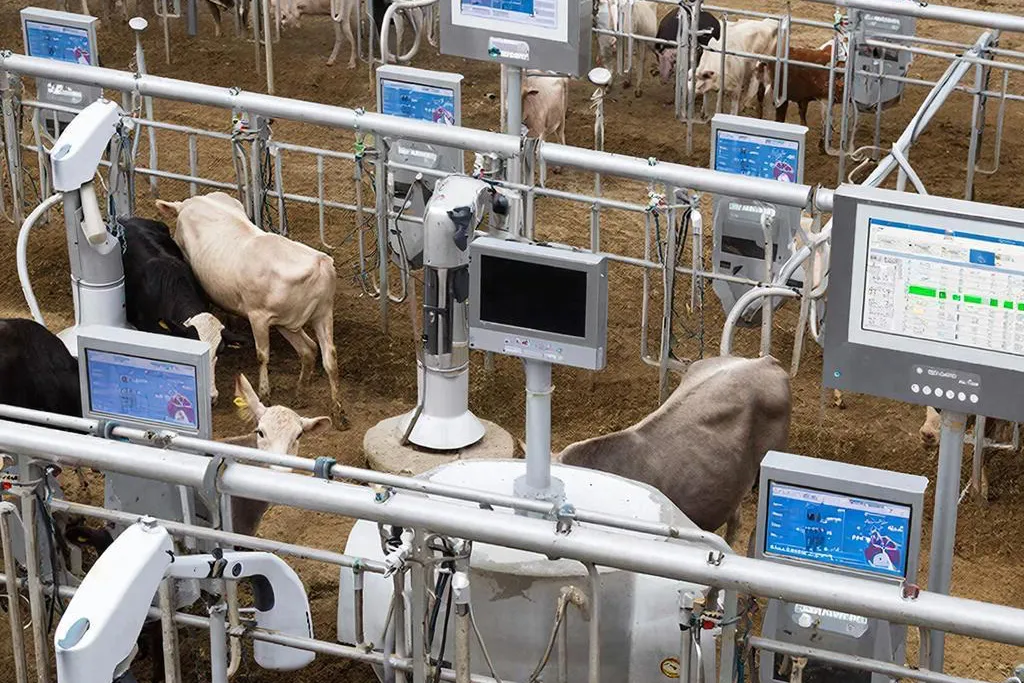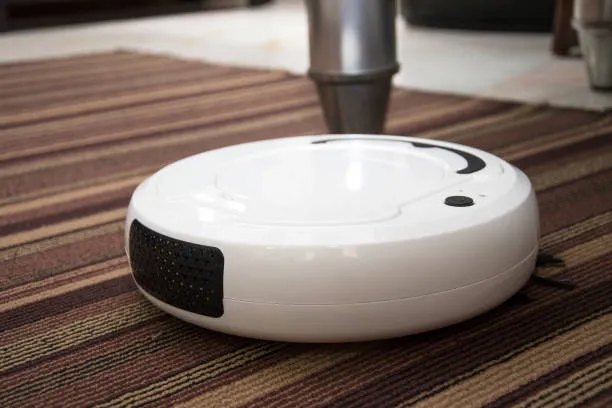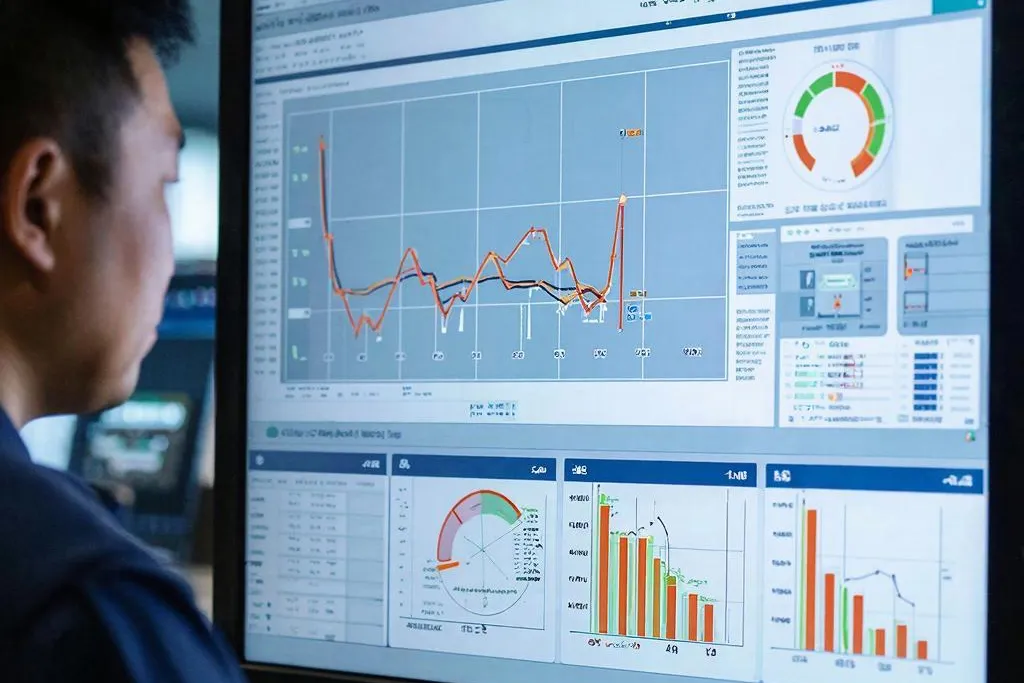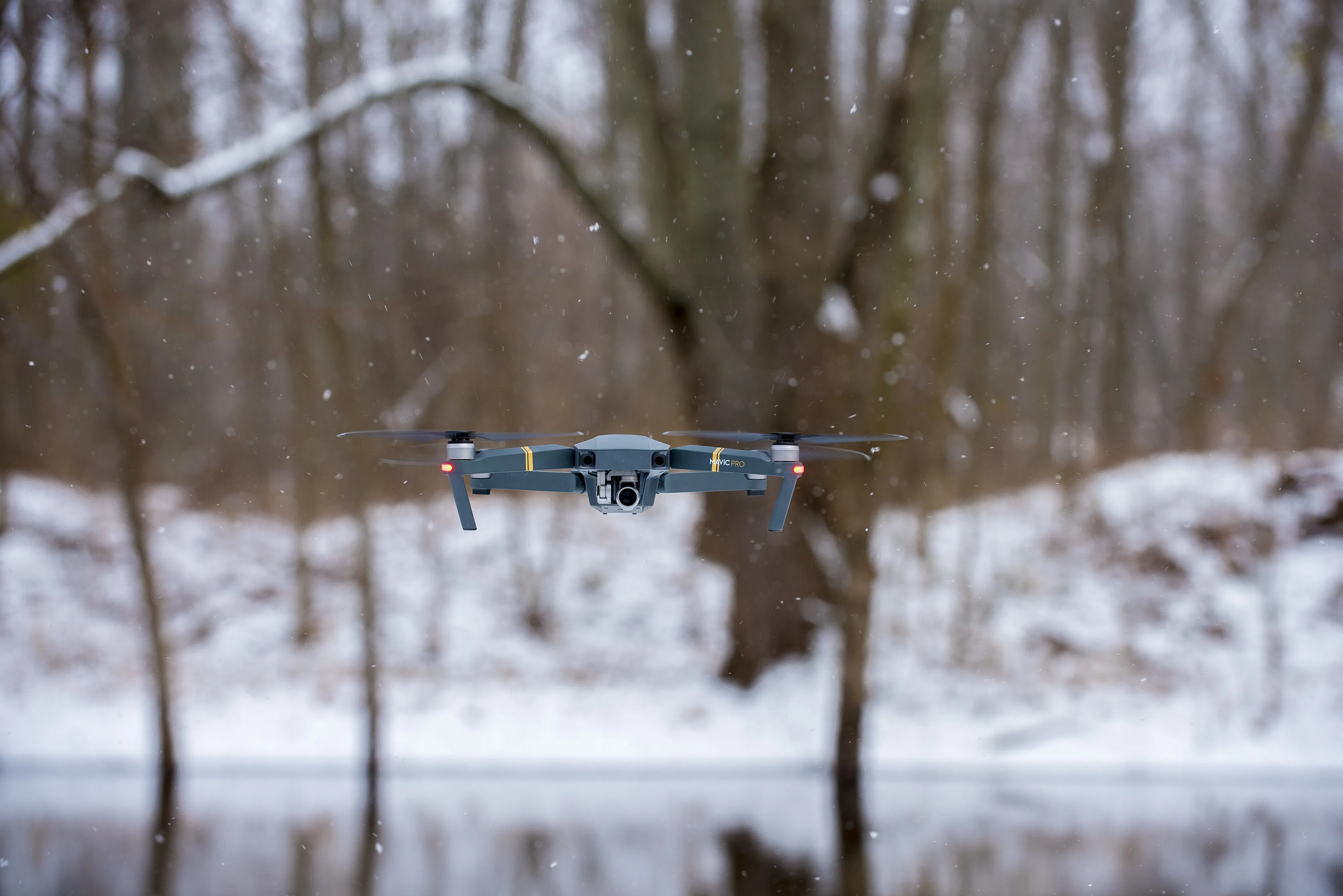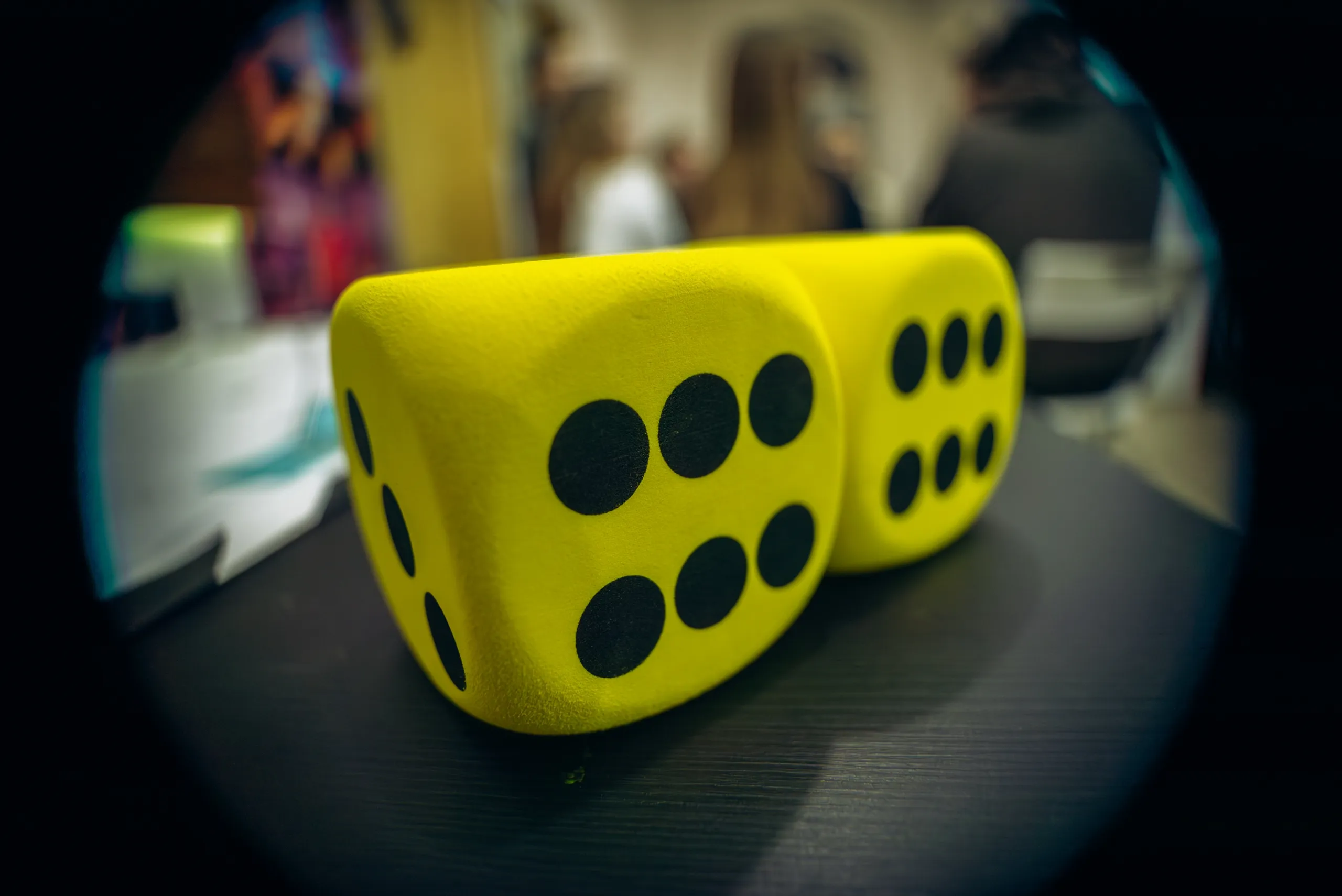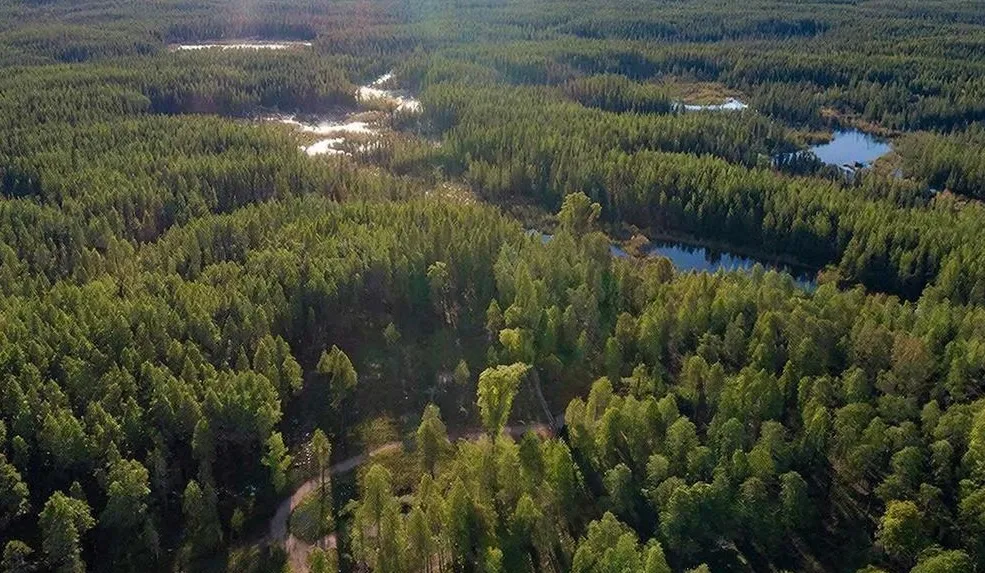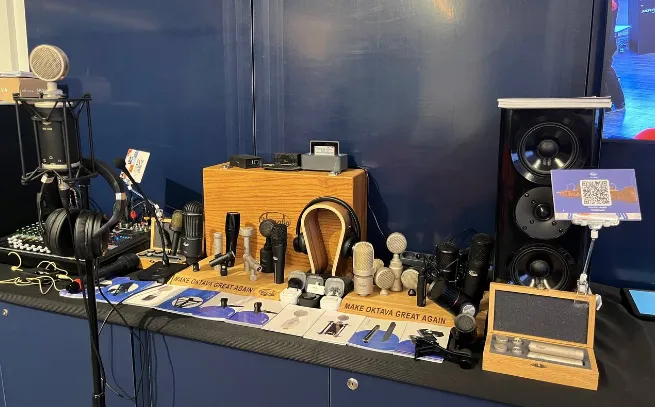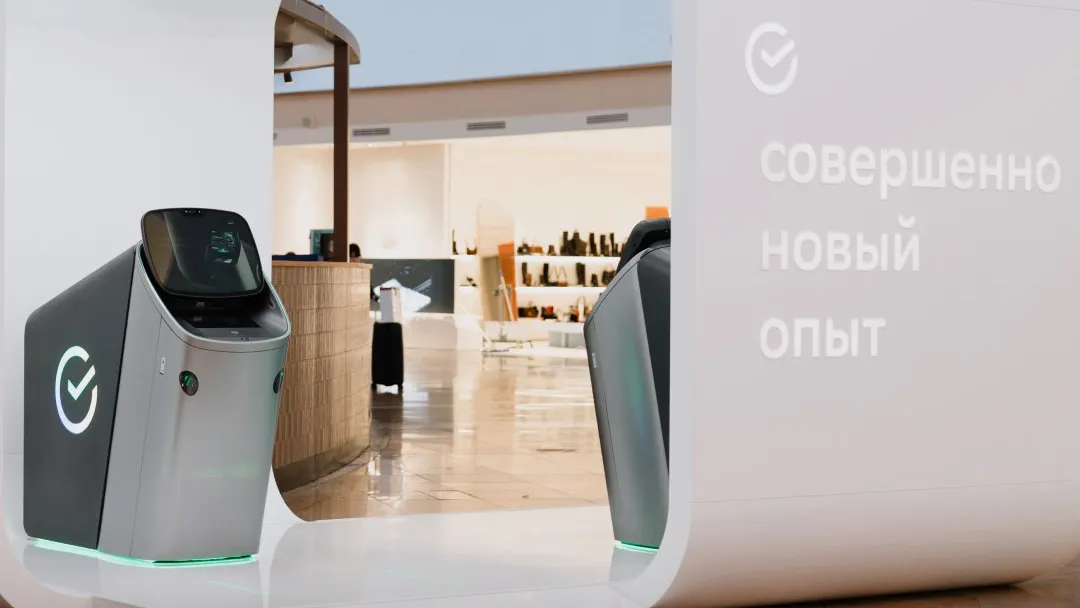Russian Engineers Use AI to Build a Smarter Berry Harvester
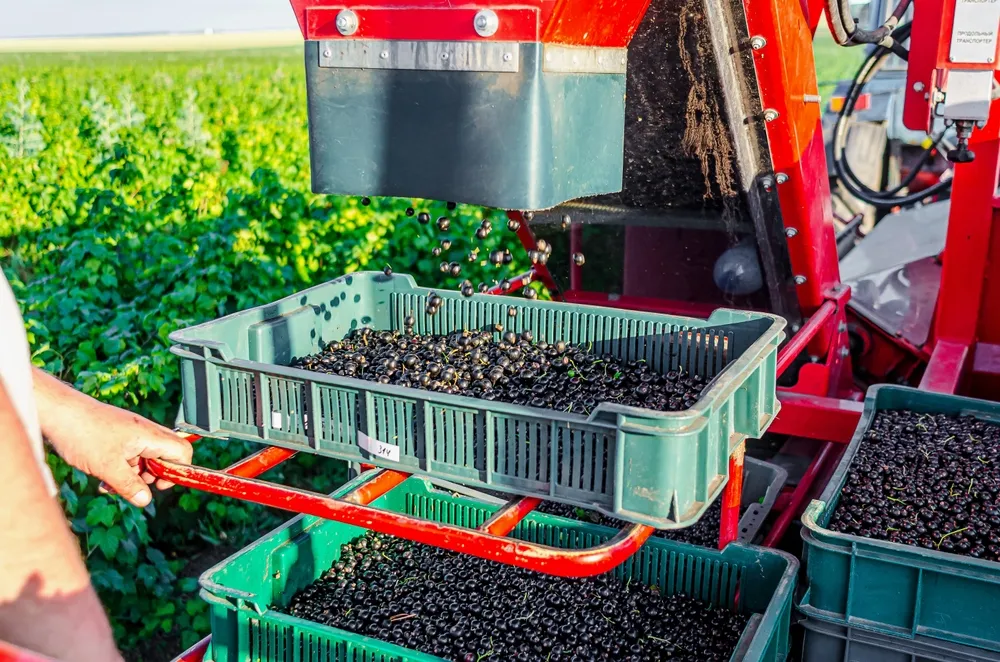
By modeling fruit detachment with neural networks, a new Russian-built machine reduces crop loss by 30 percent — and could signal the next big leap in agri-tech.
Russian engineers are bringing artificial intelligence deep into the fields — with a berry-harvesting machine that doesn’t just shake bushes, but thinks before it does.
Developed by researchers from Kazan State Agrarian University in collaboration with the agrotech company INNOSTA, the new “KURANT‑1” is a tractor-towed harvester designed specifically for delicate berry crops like black currants, gooseberries, raspberries, and rose hips. What sets this machine apart isn’t just its build, but its brain: a neural network trained to simulate how fruit detaches from stems.
Using AI, the developers modeled the physics of fruit separation to engineer a picking mechanism with ideal softness and flexibility. Combined with a redesigned hydraulic shaking system, the innovation has cut berry loss during harvest by 30 percent — no small feat in a segment where yield efficiency makes or breaks profits.
KURANT‑1 attaches to standard 30-horsepower tractors and moves between berry rows at a slow, deliberate pace of 0.6 to 1.5 km/h. It processes up to 0.2 hectares per hour, automatically removing leaves and debris and depositing clean fruit directly into transport containers.
According to INNOSTA, the entire machine is built from domestically produced components. Serial production is expected to begin in December. In the long term, the developers say the KURANT‑1 could be integrated with autonomous tractors — pushing further toward a fully automated harvesting pipeline.
The technology is not just a prototype — it’s a signal of where things are headed. With an expected 25 to 35 percent drop in berry production costs, the KURANT‑1 is a clear case of how AI can translate directly into agricultural output, food security, and national tech independence.
For Russia, it’s more than a smart machine — it’s a strategic tool.




